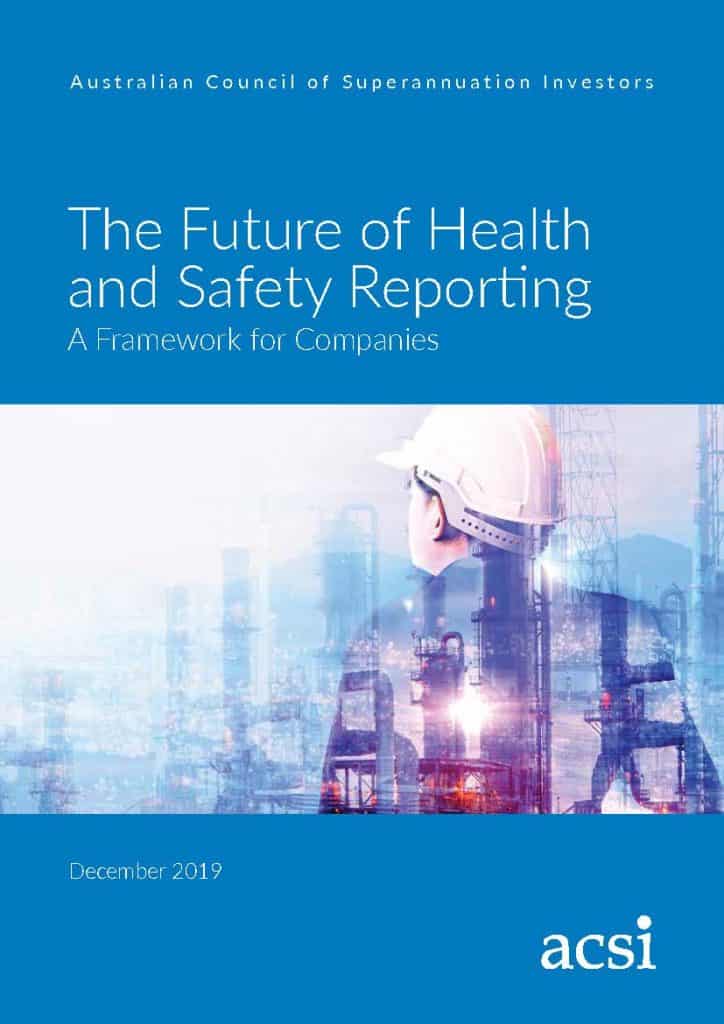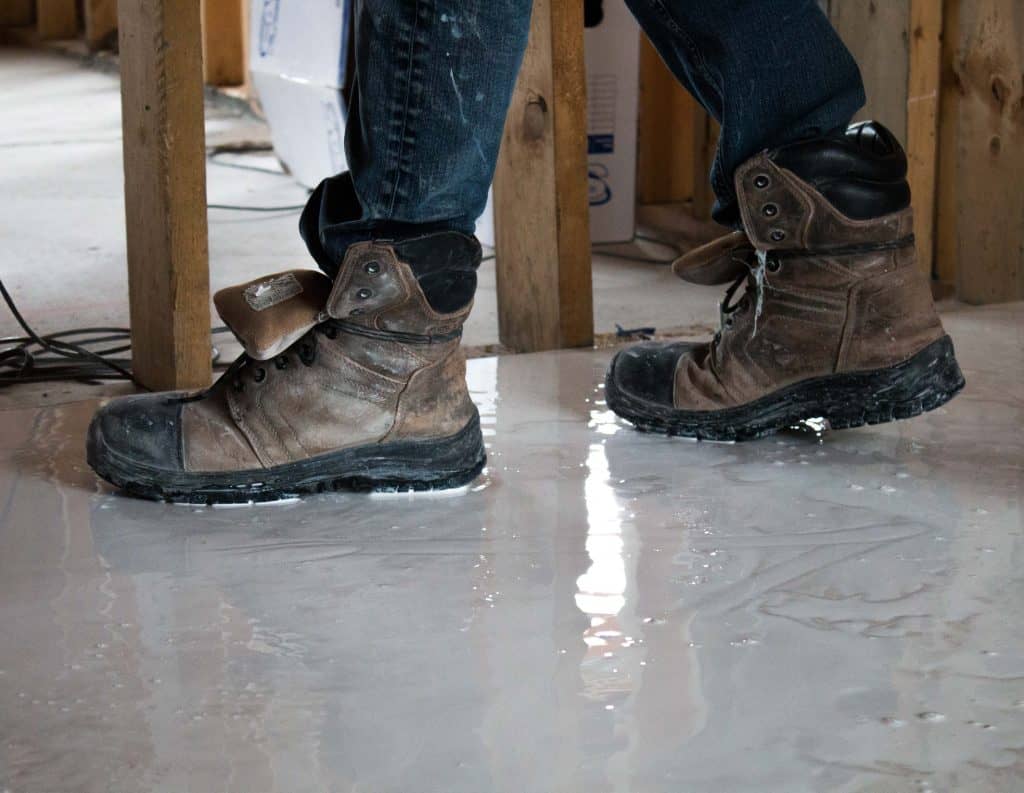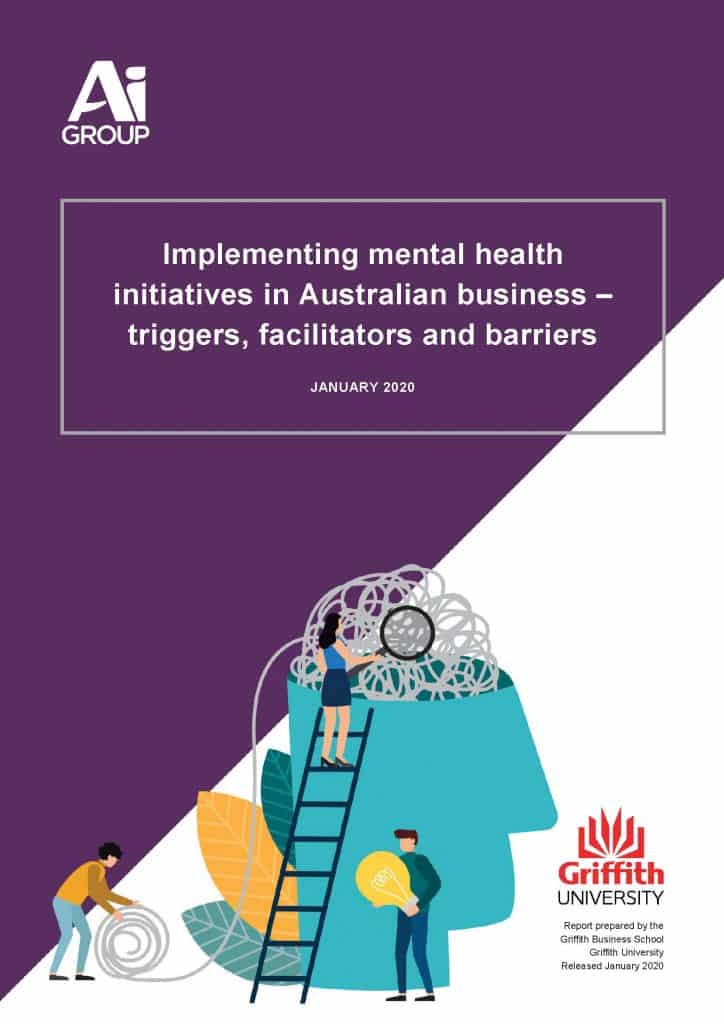
In occupational health and safety (OHS), there is evidence and then there is evidence. Regardless of the type of evidence, there is not as much as there should be. Many companies and organisations in Australia are required to publicly release annual reports that identify their financial status. Increasingly non-financial criteria, like OHS performance, is being included in these reports but why isn’t this mandatory and why isn’t it of a consistent type? Late on 2019, the Australian Council of Superannuation Investors (ACSI) looked at the issue of OHS reporting, with some assistance from EY.
ACSI’s CEO, Louise Davidson illustrates the problem in her Foreword to the report:
“Almost one third of ASX200 companies provide their investors and other stakeholders no information on health and safety performance. For the companies that do provide some information, the disclosure often provides no insight into how many severe incidents occurred…….”
page 6





